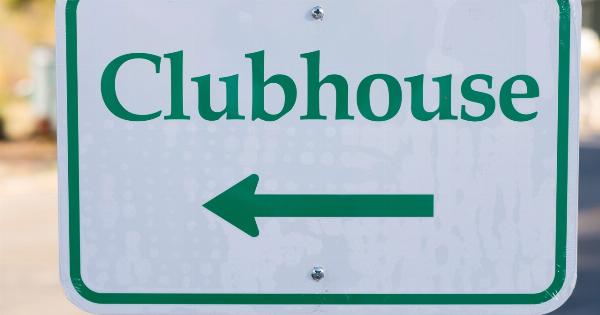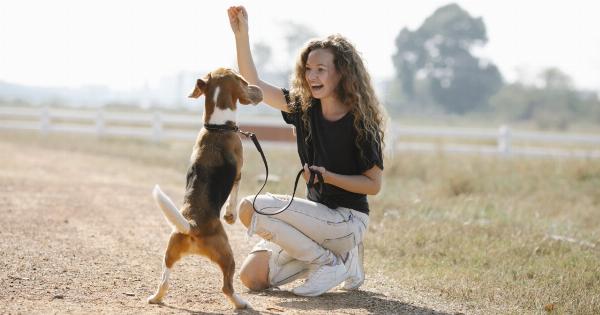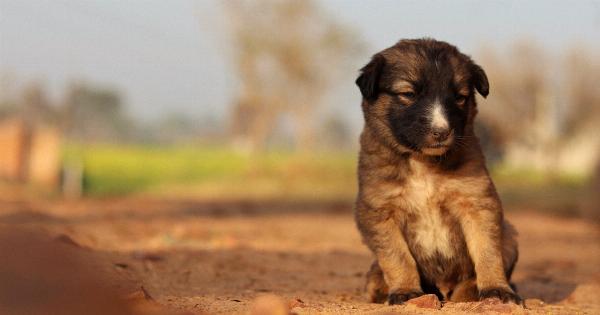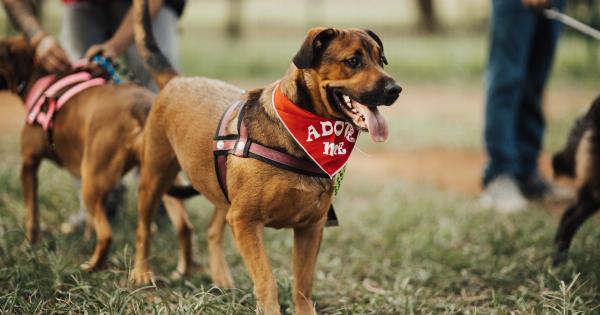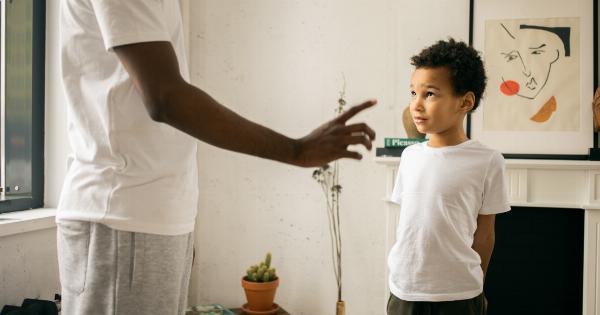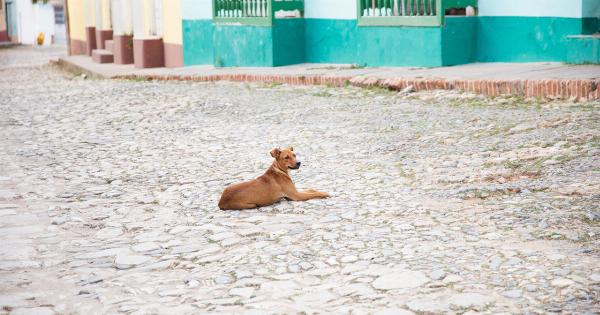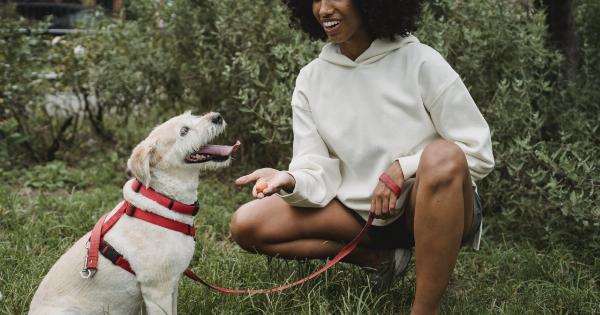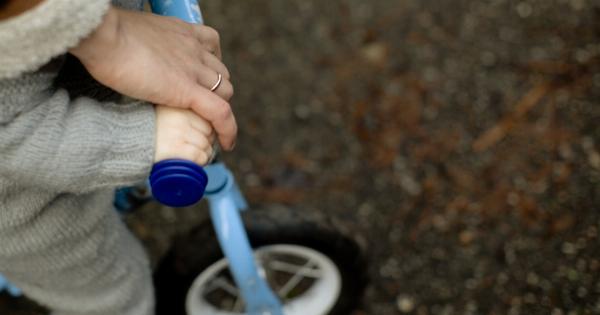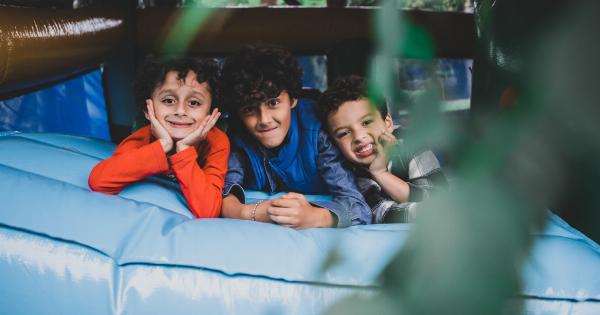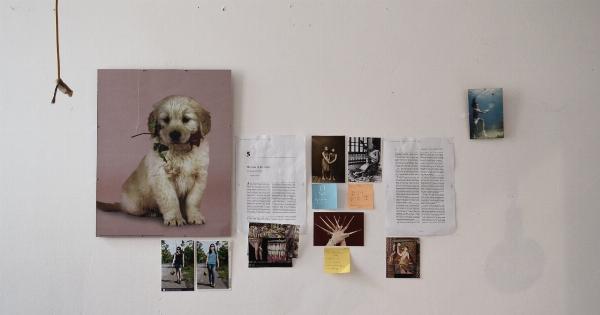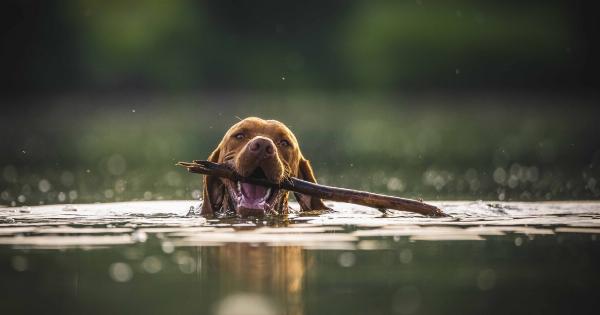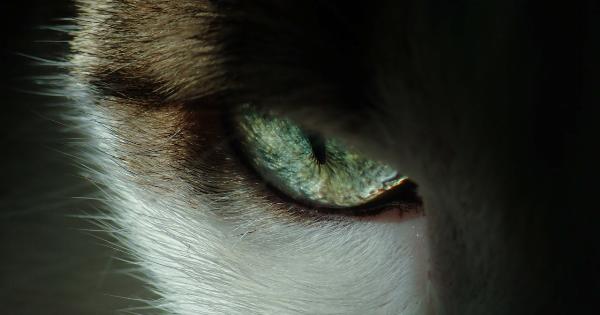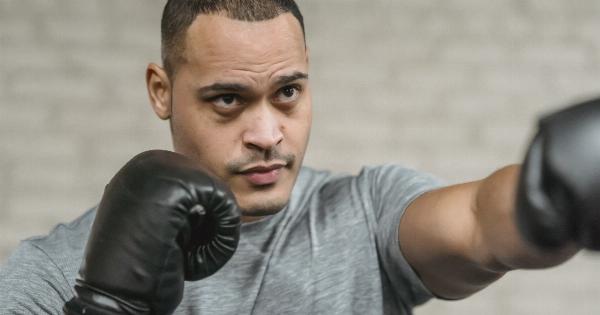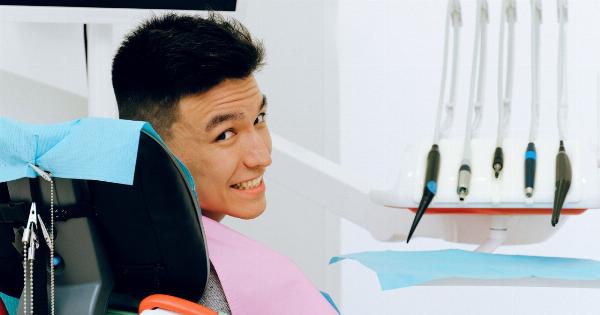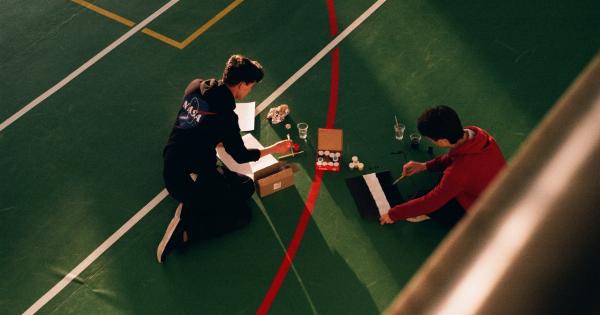Bringing a new puppy home can be an exciting experience for any pet lover. However, it is common for puppies to bite and nibble on everything within their reach, including fingers, hands, and toes.
While most of the time, the puppy biting is playful, it is crucial to teach your furry friend not to bite or nip to prevent unwanted injuries.
Understanding Why Puppies Bite
Puppies use their mouths to explore the world around them. They chew things, including your fingers and toes, to soothe their teething pain and relieve stress. In addition, puppies bite as a way to play and communicate.
Due to their underdeveloped brain and lack of training, they may nip you when they feel excited, stressed, frightened, or even lonely. Biting is a natural behavior for puppies, and while you cannot entirely eliminate it, you can teach them to control it.
Teaching Your Puppy Not To Bite
The first step to keeping your new puppy safe from biting is to learn how to stop it. Here are a few tips to help you teach him or her not to bite:.
Use Positive Reinforcement
Puppies respond well to positive reinforcement, which involves giving them treats and praise when they exhibit good behavior.
If your puppy shows good behavior, such as playing with chew toys instead of your fingers, reward him or her with treats or verbal praise.
Provide Chew Toys
Chew toys play a significant role in keeping your puppy entertained and preventing him or her from chewing on inappropriate objects and biting. Provide your puppy with a wide range of chew toys, including ropes, balls, and puzzle toys.
You can also use interactive toys that dispense treats to keep your puppy engaged and focused on chewing the toy instead of biting on your hands.
Use the “No” Command
When your puppy bites or nips, it is essential to use the “no” command firmly. This way, he or she will associate biting with displeasure. You can also use a clicker or a handheld buzzer to gain their attention and train them not to bite.
Play Tug-of-war with Caution
Tug-of-war games can be a fun way to bond with your puppy, but it is essential to play with caution. Always use a designated tug rope or toy, and never pull too hard or let your puppy bite onto your clothing or hands.
If your puppy bites hard, immediately stop playing and use the “no” command to convey displeasure.
Ignore Biting and Nipping Behaviors
If your puppy bites or nips you, it is essential to ignore him or her. Avoid yelping, jumping up, or running away, as this could encourage your puppy more. Instead, stand up, cross your arms, and look away, denying him or her the attention they seek.
Use a Timeout Space
If your puppy continues to bite even after several attempts to correct his or her behavior, you can use a timeout space.
A timeout could be as simple as placing him or her in a separate room or a crate for a few minutes to help them understand that their behavior is unacceptable.
Enroll in Puppy Training Classes
If you are struggling to keep your new puppy safe from biting, training classes for puppies could be the solution. Puppy training sessions provide an opportunity to improve your puppy’s behavior, socialization, and reduce biting.
Instructors can also give you tips, techniques, and other relevant information to help you in your puppy training journey.
Conclusion
Teaching your puppy not to bite is essential for his or her safety and overall well-being. Remember, consistency is key when it comes to training, so be patient and don’t give up.
With the right guidance, encouragement, and support, your new furry friend can learn to control biting and stay happy and healthy.

